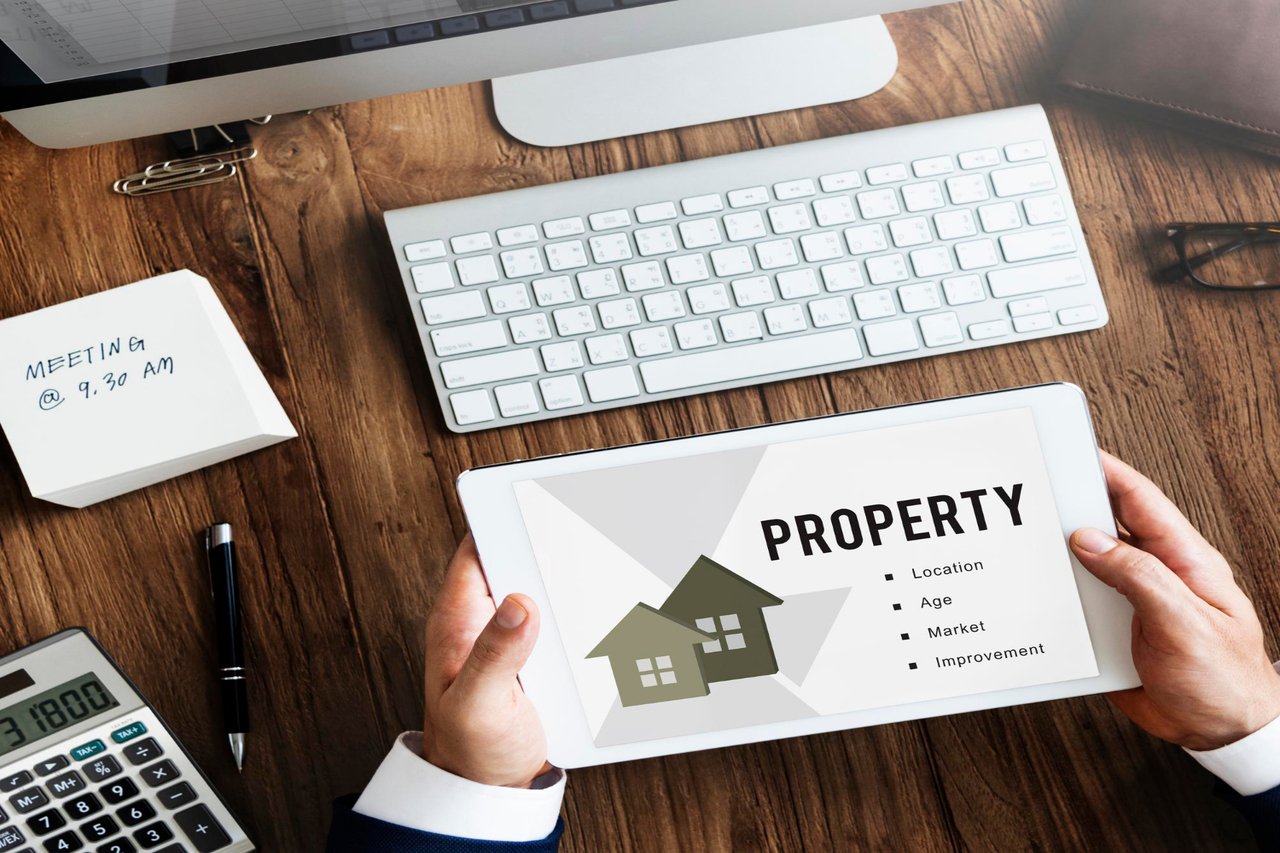What Is Construction Of Permanent Loan?
Dreaming of building your own home? Read this blog to get a clear understanding of building a home and its related aspects.

House Loan Estate Sell Mortgage Concept
Even a mere thought of “my home” gives something to cheer about! Yes, houses are indeed magical. If you plan to buy a plot and construct your customized home sweet home, this article covers everything and answers your every question.
“I am choosy. I dislike buying a house designed, constructed, and finished by somebody who will not live inside it for years,” said Anna, a young, self-employed woman looking for residential accommodation in the Greater Toronto Area.
Anna is not alone. There are thousands of Canadian homebuyers who aspire:
- To pick a residential plot of land
- To choose a contractor of their preference
- Raise a customized construction over it that serves their purpose and expectations
If you are one of them, you must understand the concept of “construction to permanent loan” to make housing decisions and financial choices. Let us explore it further.
What Is Construction to Permanent Loan in Simple Language?
Have you ever heard of a basket that comprises everything from fruits to chocolates to nuts and even pieces of bread? Well, such products do not exist only in the food industry. There are several all-purposes-served products in the finance industry as well.
One of these is a “construction to permanent loan” that provides you finance for:
- Buying the piece of land (lot) is the cost of acquisition of the plot
- Constructing your house over that land is the cost of core construction and finishing
- Carrying out major renovations to your existing house
- Tearing down your already established home and making it again
After the builder completes the construction of your house, this loan gets converted into a mortgage loan, taking your constructed home as collateral.
It prevents you from taking several loans to finance your house. Commonly, if you go by the traditional route, you will take two different loans explained:
The First Loan
You will first take a loan to finance your:
- Cost of land purchase and
- The cost of construction over that land
The Second Loan
After completing the construction, you will again run from lender to lender to get mortgage finance on the house constructed.
Basically,
- You will take a second loan to finance the first loan you have taken to finance the cost of land and construction.
- You will do this by offering your constructed house as collateral.
- The receipts you will get from this mortgage loan (second loan) will repay the first loan you have taken.
However, if you opt for a construction to permanent loan, then:
- You will be required to take only a single loan at the time of buying your plot
- You will use the loan proceeds to:
- Buy the plot
- Make payments out of it for the material purchases
- Make payments to the contractor(s) who are constructing the house and
- Make payments for obtaining permits
After the builder has completed your construction, this loan gets converted into a permanent mortgage loan having a specified:
- Amortization period
- Mortgage Term and
- Mortgage Rate


What Are the Distinct Advantages of Construction to Permanent Loan in Canada?
“I dislike paperwork or lots of documentation, nor do I believe in paying several closing costs,” said Noah, a recipient of construction to permanent loan who has recently purchased vacant land in Burlington, Ontario.
There are many takers and supporters of a “construction to permanent loan” because of its various advantages, such as:
Leads to Savings in Interest Cost
Typically, a construction to permanent loan is available as a line of credit. Whatever amount you withdrew from your loan account, the lender will charge interest only on that portion. It differs from many other real estate loans and certainly offers you an advantage.
Paying interest only on the amount you have used from your sanctioned amount leads to substantial savings in the interest cost as you are not required to pay interest on your entire approved limit.
Saves You from Paperwork and Closing Costs
The moment you can secure construction to a permanent loan, you are preventing yourself from the hassles of applying, getting qualified, and completing paperwork for the second loan that you were supposed to take at the end of the construction phase.
A construction to permanent loan gets converted into a permanent mortgage loan when the builder completes your construction. Who likes paperwork? Well, certainly not us!
Further, you are not required to pay any closing cost to your lender at conversion. You need to incur this expense if you move via a traditional route upon the closure of your first loan.
What Are the Different Disadvantages of Construction to Permanent Loan in Canada?
“I am not paying that high-interest rate or those huge down payments,” said Michael, a resident of the Greater Toronto Area who has recently shortlisted a few residential plots in Caledon, Ontario.
It might offer you flexibility and protect you from paperwork, but the construction of a permanent loan has its disadvantages, such as
High-Interest Rate
Usually, the construction of permanent loans carries a high-interest rate. The reason is simple: financing “construction” is risky. If you default upon your interest payments, your lender will have nothing but a half-built structure (or even less than that) and a plot of land.
In such a case, your lender might not recover the entire loan. That is why most lenders try to compensate for it by charging a high-interest rate.
Increased Inspection Cost
The lender will indeed charge you only on the amount you withdraw. But every time you wish to withdraw from your loan account, your lender might persist you for a paid inspection, and you will bear the charges for such scrutiny.



